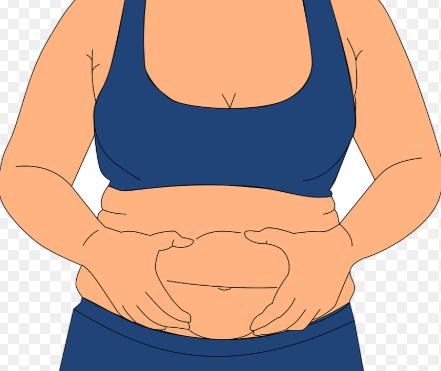Weight LOSS AND Obesity
At a glance of weight loss and obesity
10% to 15% weight loss results in some additional improvements.
Researchers investigate progressive 5%, 10%, and 15% weight loss metabolic effects.
3 Americans are more gross in between. Obesity is the type of type of diabetes and cardiovascular disease that can be a risk factor. These health problems affect the liver swelling of pancreatia, muscle, fat and other tissues.
Most medical guidelines recommend weight loss or obesity targets 5% to 10% to improve health. A team headed by Dr. Samuel Klein at the Washington University School of Medicine in St. Louis, began to identify metallic benefits, while obesity loses 5% and more weight. NIH participates by the National Institute of Diabetes and Digestive and Kidney Diseases (NIDD) and other NIH components.
Scientists randomly employ 40 obese people to obese to follow 10% and 15% targets for food to maintain their body weight or lose 5% to lose their body weight. Participants aged 38, a body mass index (BMI) of 38, averages an average of 38 (average weight of about 235 pounds), 44 years old. Participants did not smoke or have diabetes. On 26th February, 2016, this information is published strongly in cell metabolism.
In the weight loss group, low-calorie diet is used as 50-55% of energy carbohydrate, 15-20% protein and 30% fat. They are supplied with weekly food and behavioral education sessions.
After about 3.6 months, 20 participants achieved 5% weight loss primary (12 pounds average) target. Researchers have found that fat fat and fat in the liver have significantly reduced body fat. They have reduced glucose, insulin, triglycerides and leptin blood plasma levels, which are the risk factors for heart disease and diabetes. They showed insulin response to improving the function of insulin-circulating β cells, as well as improving the ability of fat, liver and muscle tissue.
Inflammation markers are elevated with obesity. Researchers, however, did not find any change in the weight of 5% of the balanced or greasy tissue marker for inflammation with weight loss.
Nine of the competition achieves the following targets, around 11% weight loss (about 7 months) and 16% rate (about 10 months). Reduction of fat mass, leptin, plasma insulin, leptin, and triglyceride contraction continue the tandem with weight loss. These participants showed continual improvement in β cell function and muscle insulin sensitivity. Insulin sensitivity to liver and fat tissues, but not better than weight loss by 5%.
"Our research shows that you will get the biggest bang on your money with 5% weight loss," said Klein. "If you weigh 200 pounds you can lose 10 pounds on your own and you can turn it off. You do not have to lose 50 pounds to get the most important health benefits."
These effects are not designed to determine if they last for a long time. People with diabetes need more research to determine whether similar metabolic adaptation patterns following the same type and metabolic weight loss.







No comments
Post a Comment